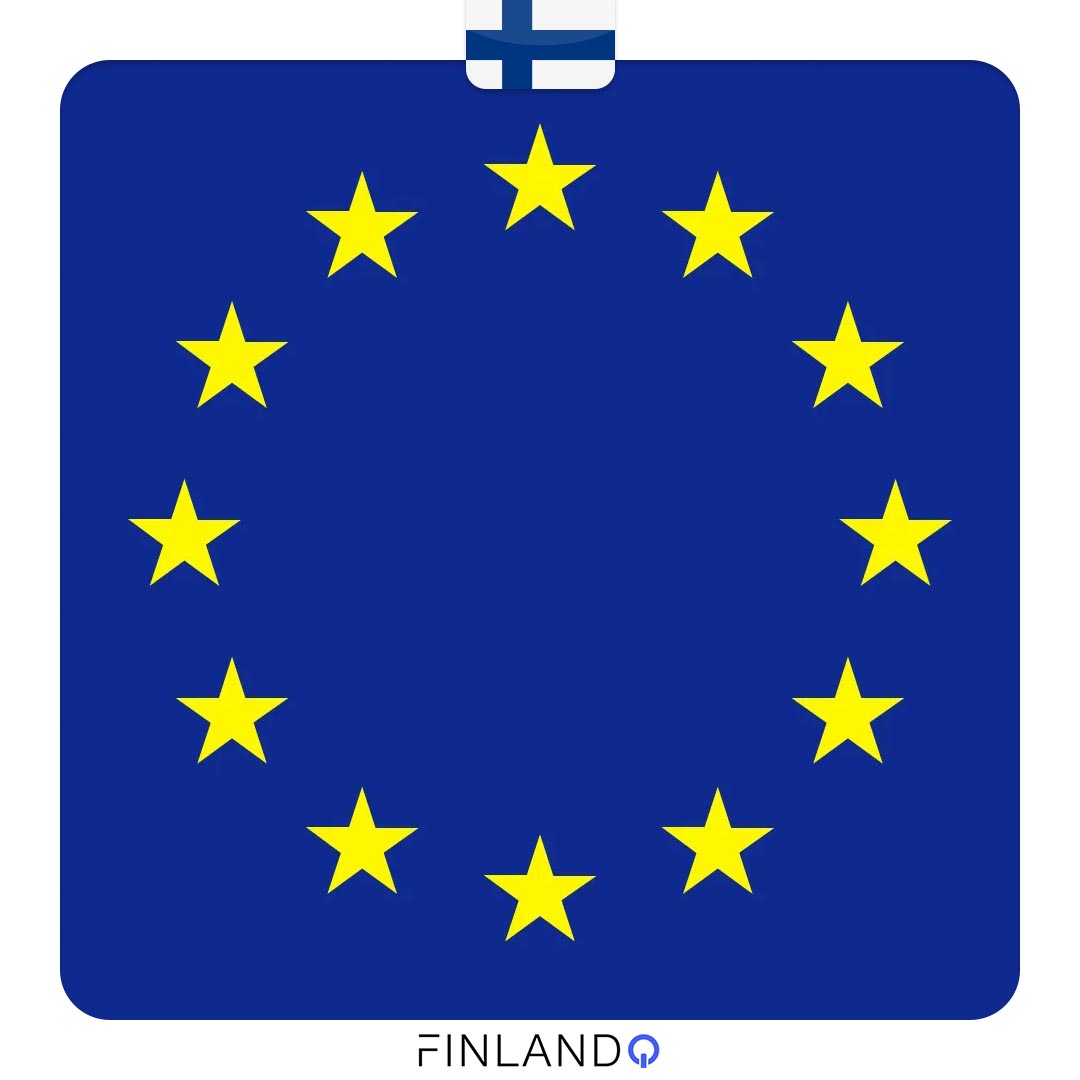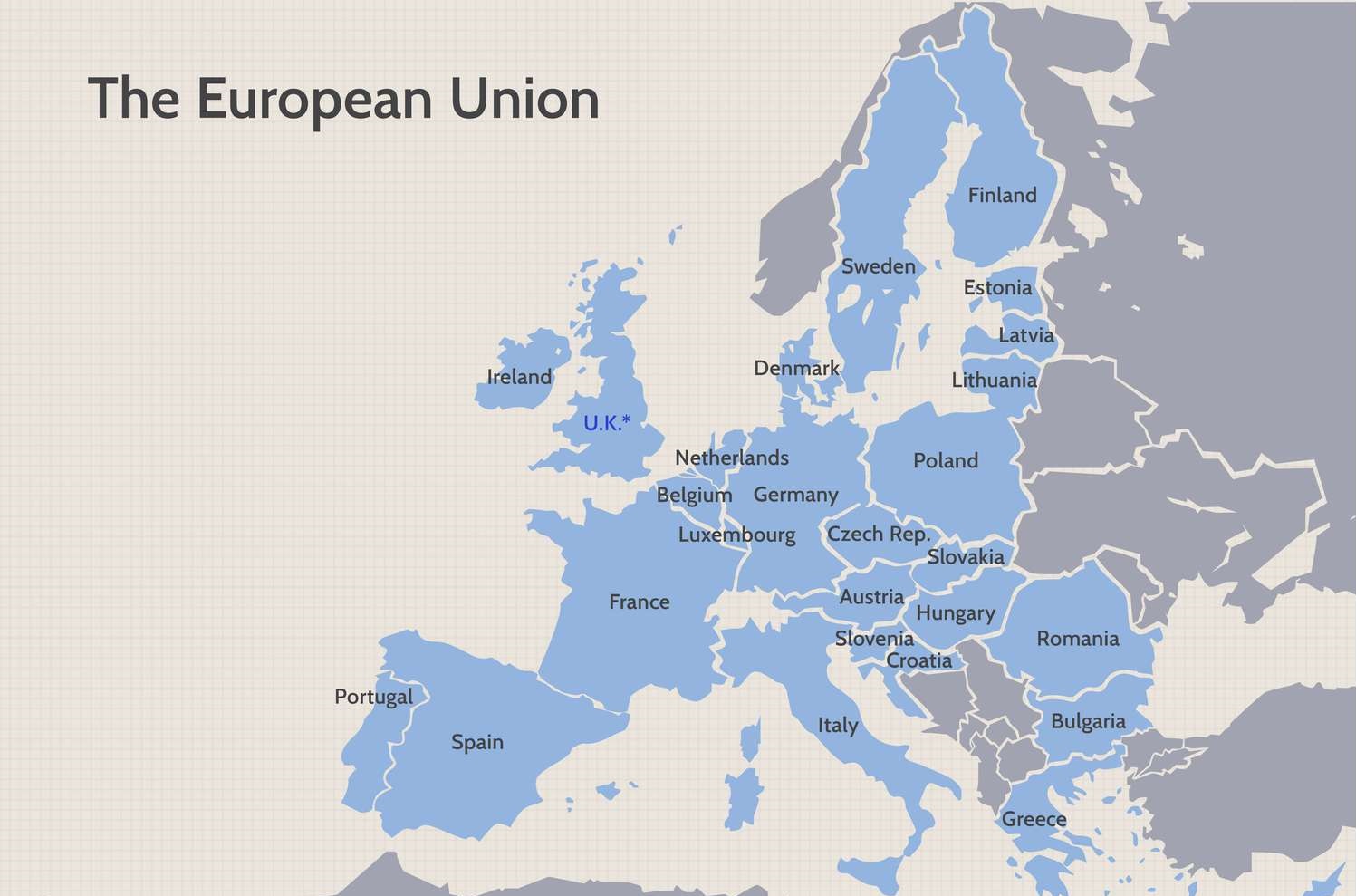For years, Finland aspired to be a part of the European Union and be seen as a genuinely Western country during the Cold War era. However, the presence of the Soviet Union in its neighborhood, including close economic ties, prevented this country from joining the EU until a referendum in 1994. In the past, Finland believed that its EU membership could bring various benefits, and thus, Finland itself had a strong desire to join the European Union. Finland took a long path to become a part of the EU, but 20 years ago, 56.9% of Finnish citizens voted for their country’s EU membership, and Finland practically joined the EU on January 1, 1995.
Currently, the Committee of Ministers of the European Union holds regular sessions, usually on Fridays, to discuss EU matters of political, economic, and legal importance. The Committee of Ministers has approved all of Finland’s policies for formal and informal meetings of the EU Council, with the Prime Minister leading the Committee of Ministers.
What is the European Union?
Before delving into the reasons for Finland’s accession to the EU, it’s better to provide a general definition of this union to gain an overall perspective. The European Union is a political and economic union comprising, in general, 27 different countries. In 1999, this union introduced the euro as a common currency unit for all its member countries, which is now officially recognized in 19 countries.
The most significant factor behind the establishment of this union was economic agreements among European countries. In this endeavor, it has been remarkably successful, as having a common currency in 19 different countries can be considered a sign of the union’s remarkable success. One intriguing aspect of EU member countries is that their citizens can travel to other EU member countries without any visa. Overall, EU member countries are in a strong economic position, but when several powers come together, naturally, conditions will improve for all of them, providing more power to the European Union. Currently, countries such as Turkey and Georgia are striving to become members of this union.
Why Did Finland Want to Join the European Union?
While the Finns wanted to be part of Western politics and European institutions, due to the Cold War and Finland’s relations with the Soviet Union, including close economic ties, EU membership seemed nearly impossible, and for years, the government’s efforts to join the union were unsuccessful.
Teija Tiilikainen, Director of the Finnish Institute of International Affairs in Helsinki, noted that the Cold War created a very negative and challenging situation for this small country with about 5.5 million people, as Finland was caught between East and West and had to tread cautiously. Any wrong move could upset Finland’s large neighbor, Russia, and create various problems.
Tiilikainen described this situation, “Finland knew itself as a small player during that time, and we wanted to be part of something bigger. That’s why membership in the European Union was something that a significant portion of the country wanted.”

In addition to the people’s approval for Finland to join the European Union, Alexander Stubb, Finland’s Minister for European Affairs and Foreign Trade, emphasized that Sweden also influenced Helsinki’s decision since Sweden had applied for EU membership at the same time, which was important for Finland. In fact, when Ingvar Carlsson, then Swedish Prime Minister, announced Sweden’s application for membership in the EU, Swedes surprised the people of Finland. The Finnish Prime Minister at the time explained, “Usually, we would consult on such matters, but in this particular case, for some reason, Sweden didn’t do that. In the end, Finland’s EU membership did not significantly affect its relations with Russia.”
The Finnish Minister for European Affairs stressed that his country greatly benefited from EU membership, especially economically, and is satisfied with the post-accession conditions. In general, a combination of EU membership and a deep recession in the early 1990s helped Finland’s economic growth. Stubb stated that in 25 years, Finland has reached the top three in education, innovation, and competitiveness out of 30 countries. Moreover, Finland gained a stronger voice on the international stage and was able to speak up against other countries.
Finland’s presence in the European Union is like an arbitrator in a debate, eager to find different solutions to problems. The European Union needs such mediators who can use their power and judgment to solve their problems. In this context, Finland’s presence also brings many benefits to the European Union.
Finnish experts believe that in the future, the European Union can expect Finland to continue emphasizing its significant role in upholding the rule of law. For Finns, it’s essential that what has been agreed upon is something that everyone respects, and that’s why Finland believes in strong institutions and a rule-based EU.
The Finnish Government Department for EU Affairs
The Finnish Government Department for EU Affairs is responsible for coordinating matters related to the European Union. This ministry acts as the secretariat for the Council of State for EU Affairs and the EU Committee.
The Ministry for EU Affairs has the following responsibilities:
- Preparation for Council of the European Union meetings.
- Handling matters related to the general development of the European Union and institutional issues.
- Supporting work related to the European Union.
- Providing guidance to Finland’s permanent representation to the European Union.
- Developing procedures for coordinating and preparing EU matters.
- Handling EU matters that do not fall under the responsibilities of other ministries.
- Participation in the European Union.
Why did the Finnish people approve Finland’s accession to the European Union in 1994?
In the past, Finland pursued a cautious international policy due to its special relationship with its eastern neighbor. The proposal for the establishment of an economic community among the Nordic countries in the early 1950s, known as the Nordic Council, did not succeed because the Soviet Union opposed Finland’s membership. In 1961, Finland decided to join EFTA (European Free Trade Association) as an associated member to emphasize the non-political nature of this initiative. In late 1986, when Portugal left EFTA and joined the European Union, Finland became a full member of EFTA. Finally, in 1989, Finland joined the Council of Europe.
Relations between the European Union and the Soviet Union were cold and remained so for several decades, even during the Perestroika era in the late 1980s. The collapse of the Soviet Union began in 1989, and the Soviet economy rapidly deteriorated. In these new and changing political and economic conditions, the Finnish people found themselves in a completely different situation.
During this time, Finland was heavily dependent on exports. In the mid-1980s, approximately 20% of Finnish exports went to the Soviet Union, and the collapse of the Soviet Union had a significant negative impact on the Finnish economy. Finding new markets in the West became vital for Finland. At the same time, the European Union decided to deepen its internal cooperation and create a single market in 1993. Given these developments, the EFTA countries were concerned about their economic interests. To address this concern, Jacques Delors, the President of the European Commission, proposed a new form of cooperation for EFTA and the EC, called the European Economic Area (EEA), which surprised everyone. This concept was well received in Finland, and it appeared to protect national interests without jeopardizing delicate relations with the Soviet Union while providing a basis for improved relations between European countries.
During this sensitive period, the EEA proposal received extensive support in Finland, and many believed it would be ideal for the country. However, two events set Finland on the path to EU membership. The first was the surprise decision of the Swedish government to apply for EU membership in October 1990. This initiated serious discussions about Finland’s future. The second was the failed coup attempt in Moscow in 1991, which resulted in Boris Yeltsin coming to power, Baltic states regaining their independence, and the dissolution of the Soviet Union. The old friendship, cooperation, and mutual assistance agreement between Finland and the Soviet Union from 1948 remained in force, and the Finns felt they were free to explore various political solutions. Naturally, when Finland submitted its application for EU membership in 1992, security considerations were also in the background.
In the October 1994 referendum, 57% of voters gave their approval for Finland to join the European Union, but the country was clearly divided. Supporters were mainly educated residents of the young cities in the south and west of Finland. Resistance was higher in rural municipalities and in the eastern and northern parts of Finland, where efforts were made to prevent the issue from proceeding.

As expected, Finnish farmers were the losers in the EU game. They had enjoyed a decent standard of living for decades, but now they had to compete with Central European farmers and adjust to EU producer prices. Finnish production prices for various agricultural products significantly decreased starting from January 1, 1995. For example, the price of barley dropped by 50%, and wheat prices fell by 38% compared to the previous year. On the other hand, as promised by the proponents of EU membership, food prices also decreased on average by 8 to 9%. All consumers could see this in their household expenses. This alleviated people’s livelihood problems, and by September 1995, the annual inflation rate was 0.3%.
During that period, the Finnish export industry was operating at full capacity. In 1992, the countries of the European Union and EFTA accounted for 73% of Finnish exports and 66% of Finnish imports. After joining the European Union, these figures increased. However, at that time, thriving exports only slightly reduced severe unemployment because domestic demand was still perceived as very low.
Finns have always taken pride in quickly implementing their laws and regulations. They felt a kinship with Western European culture, which they had always been a part of. Their language is one of the official languages of the European Union, and they could compete on equal terms with other Europeans. Finns could defend their interests and values and also contribute to common goals. Considering these factors, Finland’s membership in the European Union was a sound and beneficial decision for the country.
The FinlandQ Consulting team can assess your specific situation and provide you with all the necessary information. Stay in touch with us.












